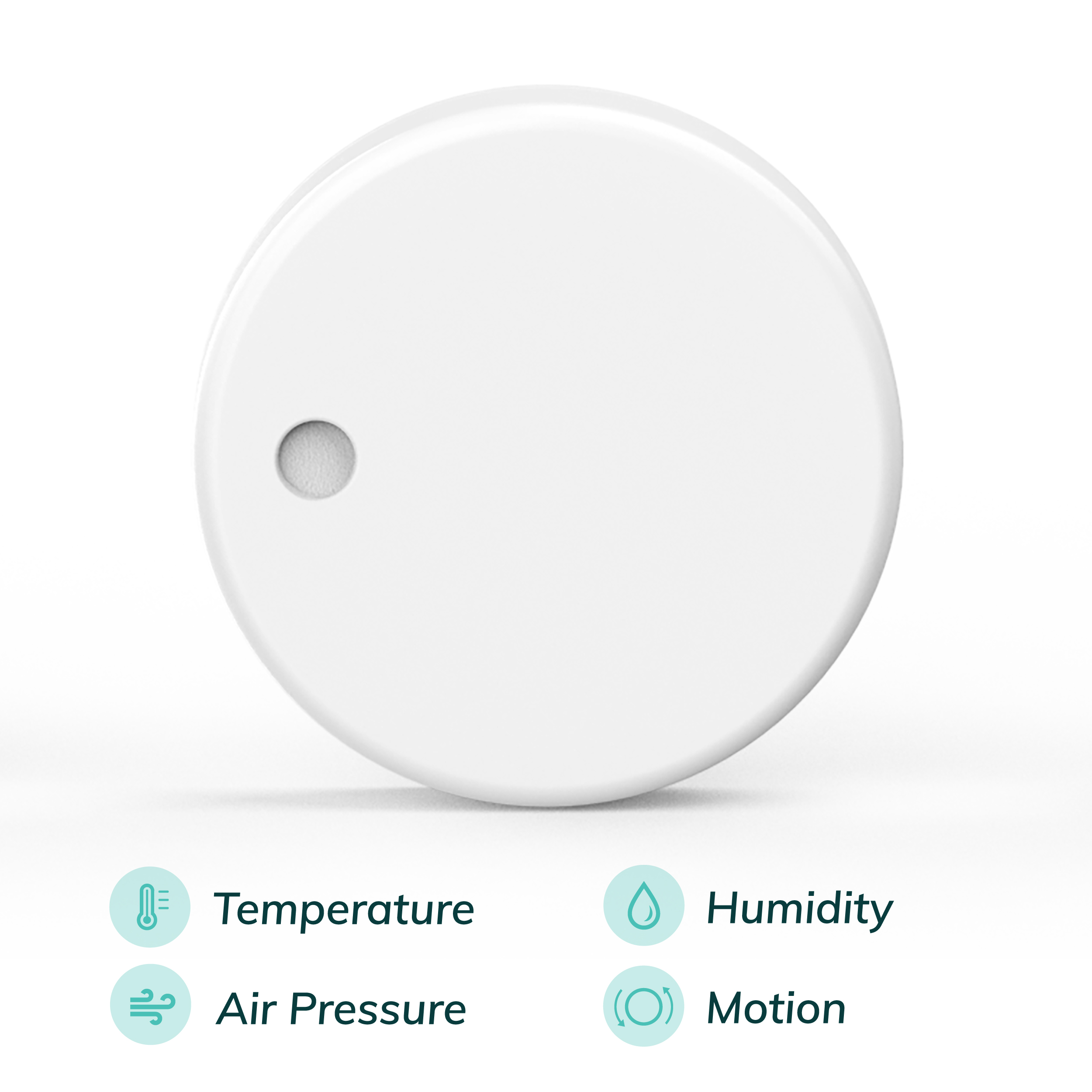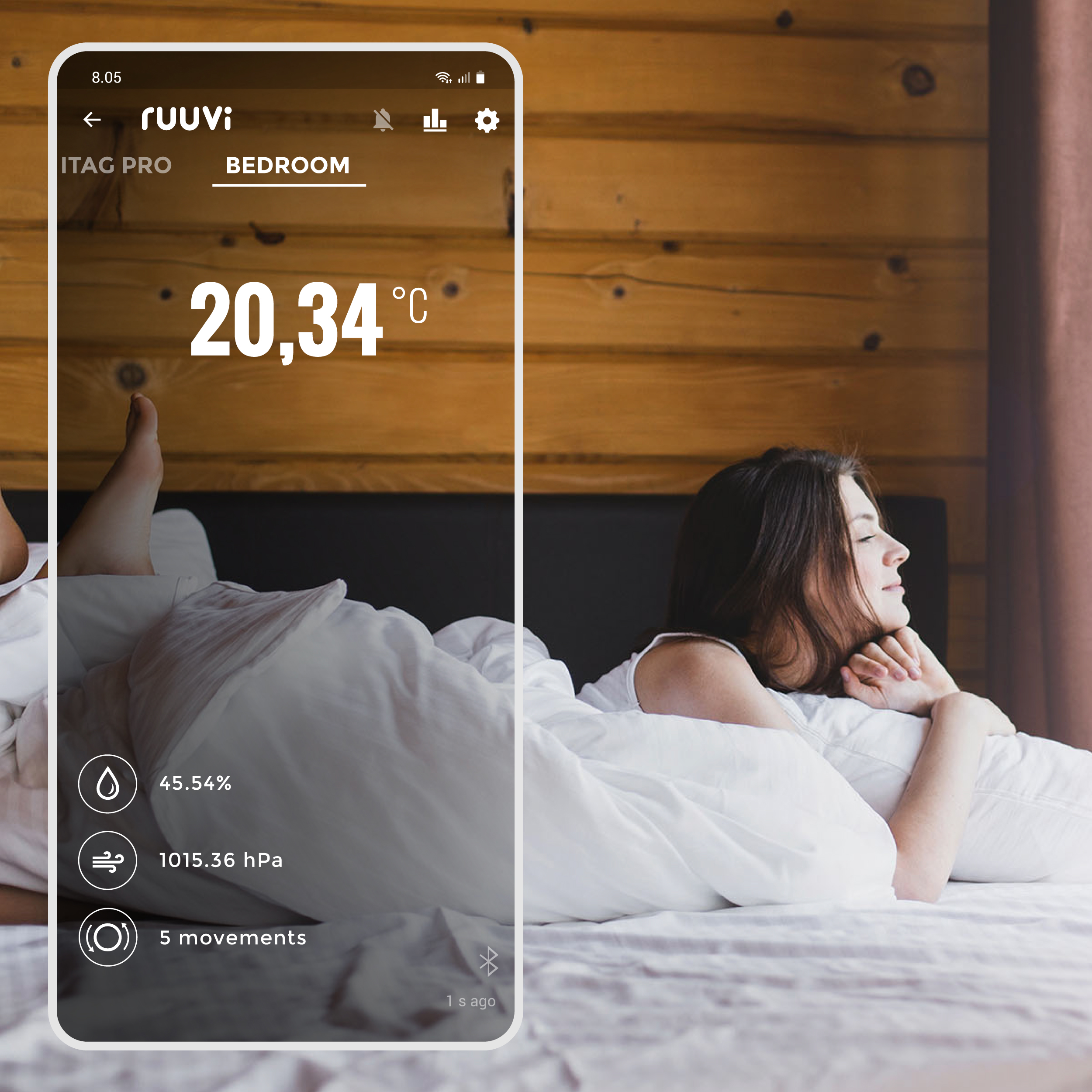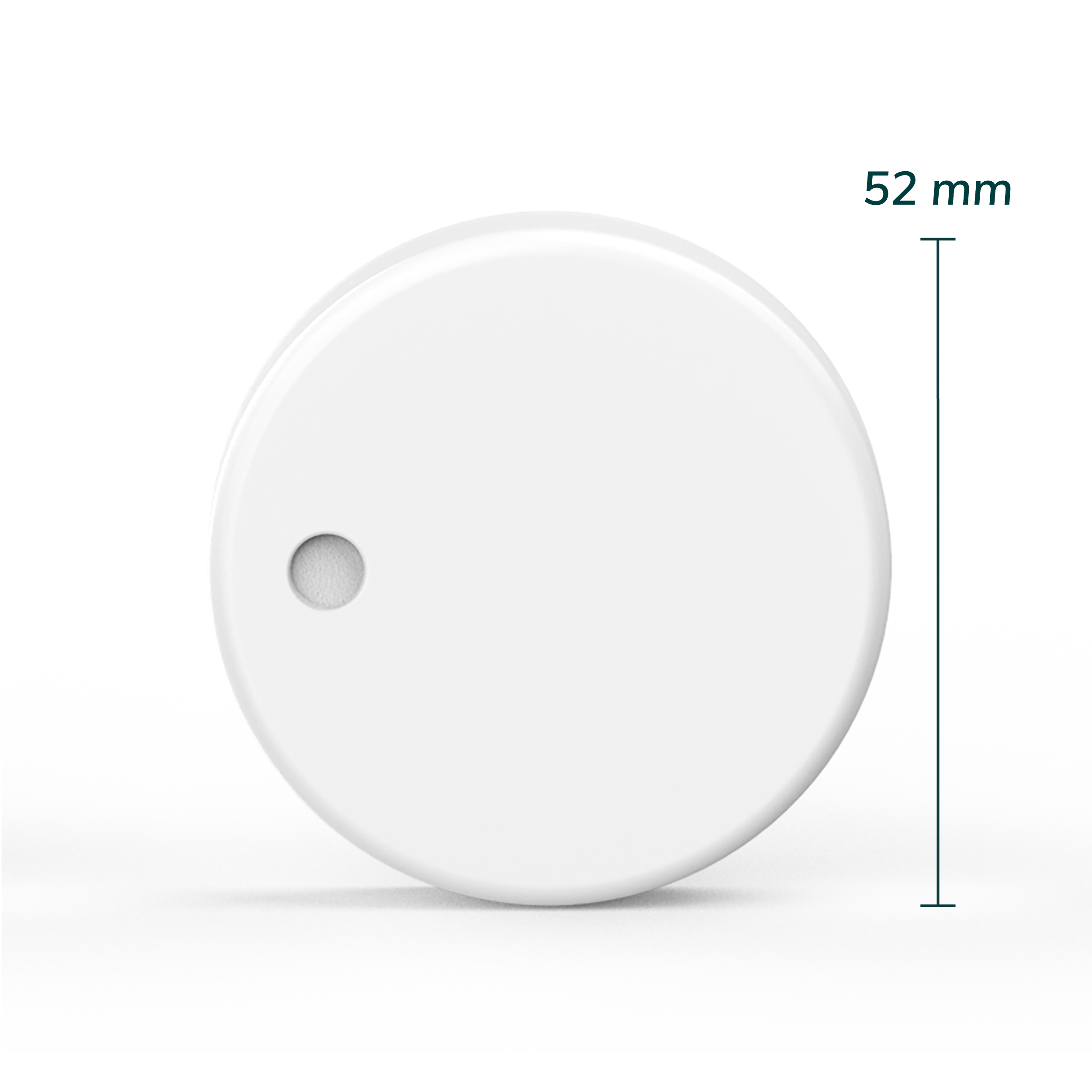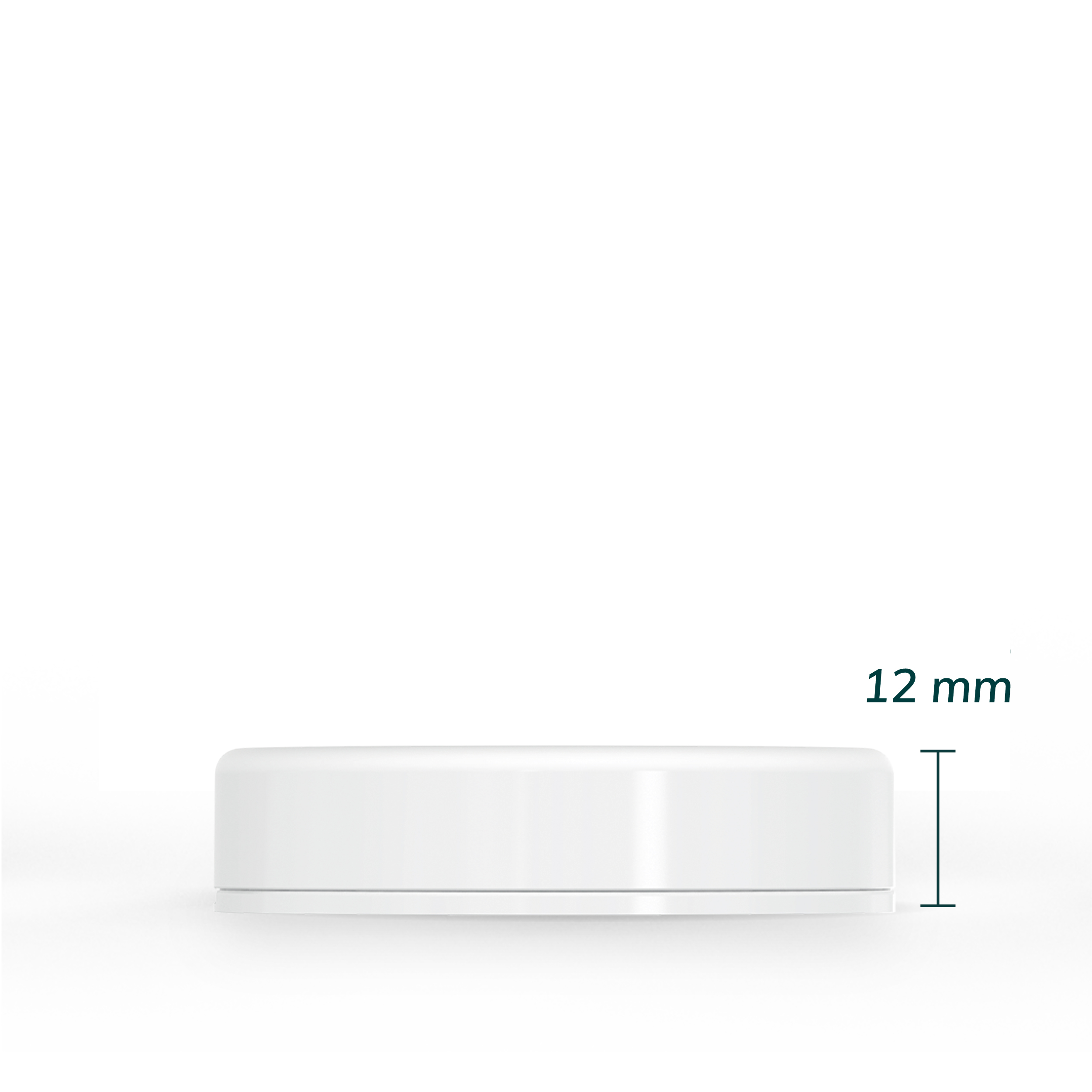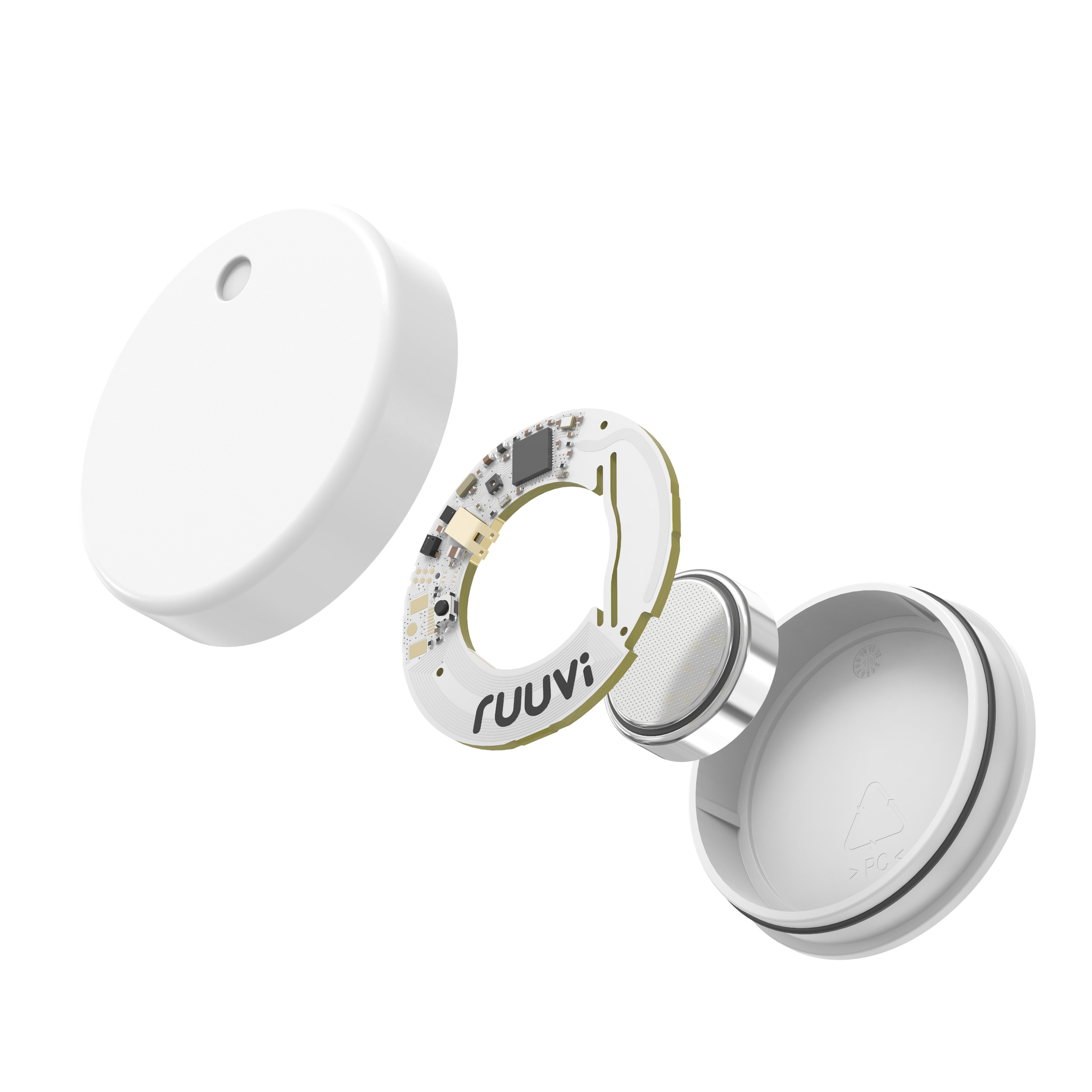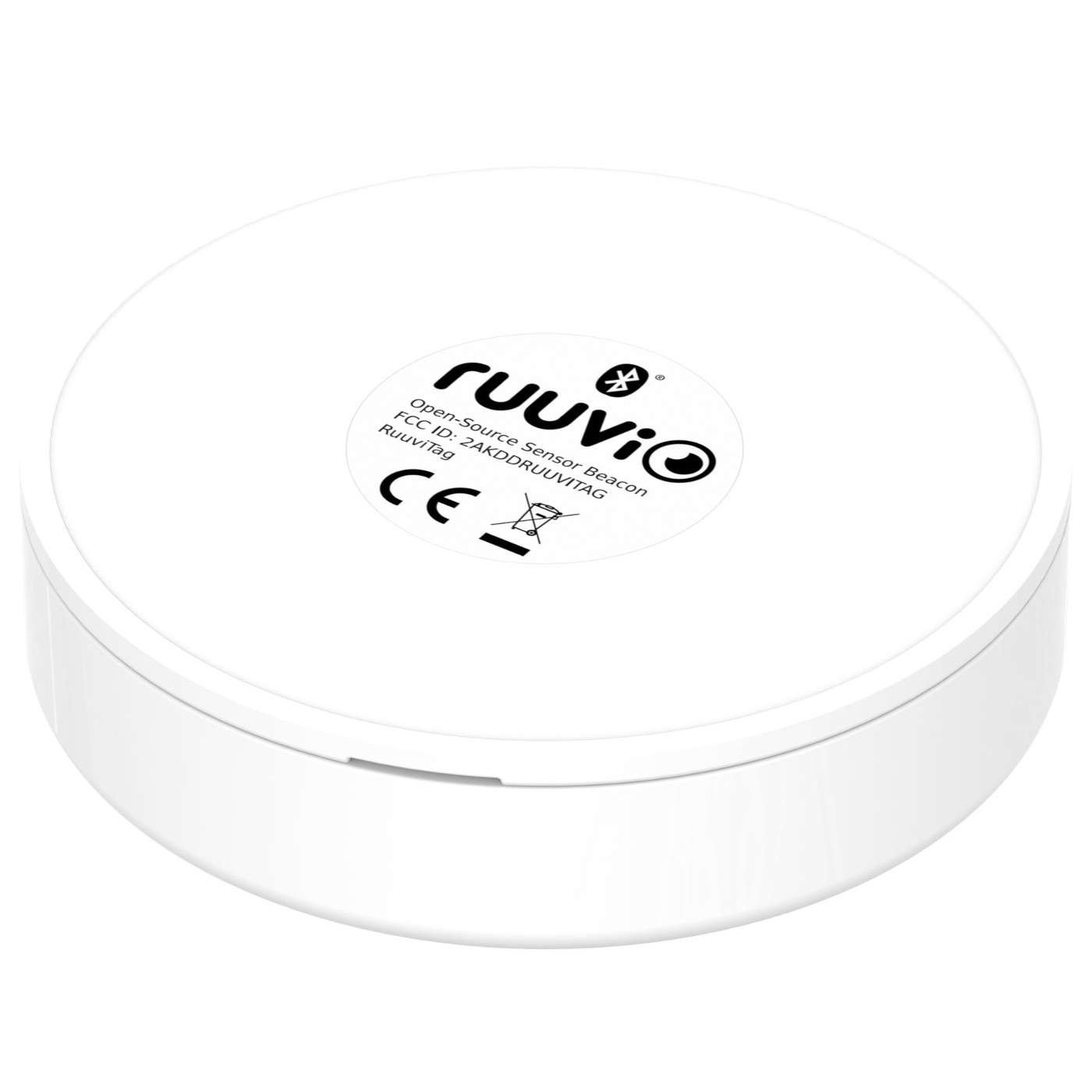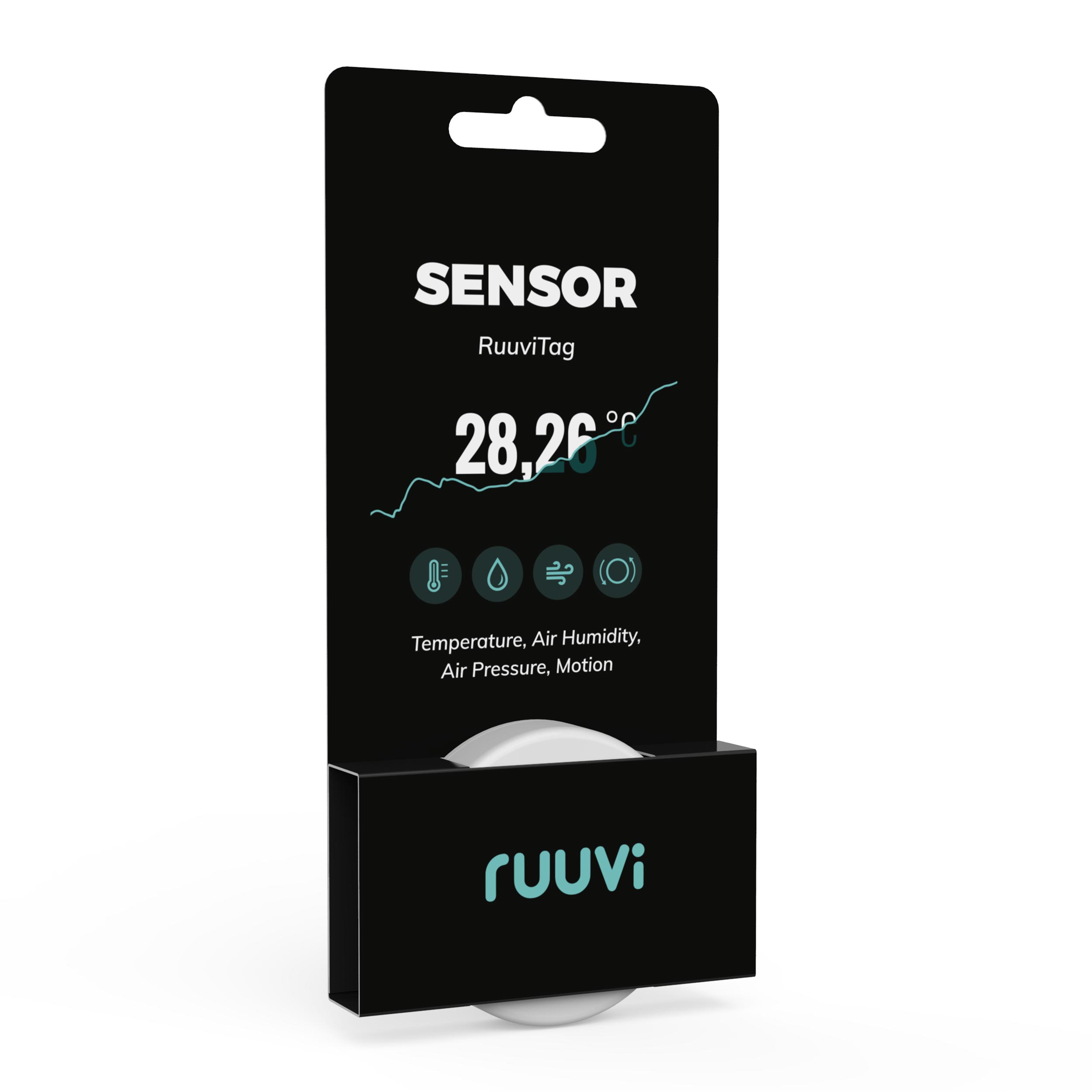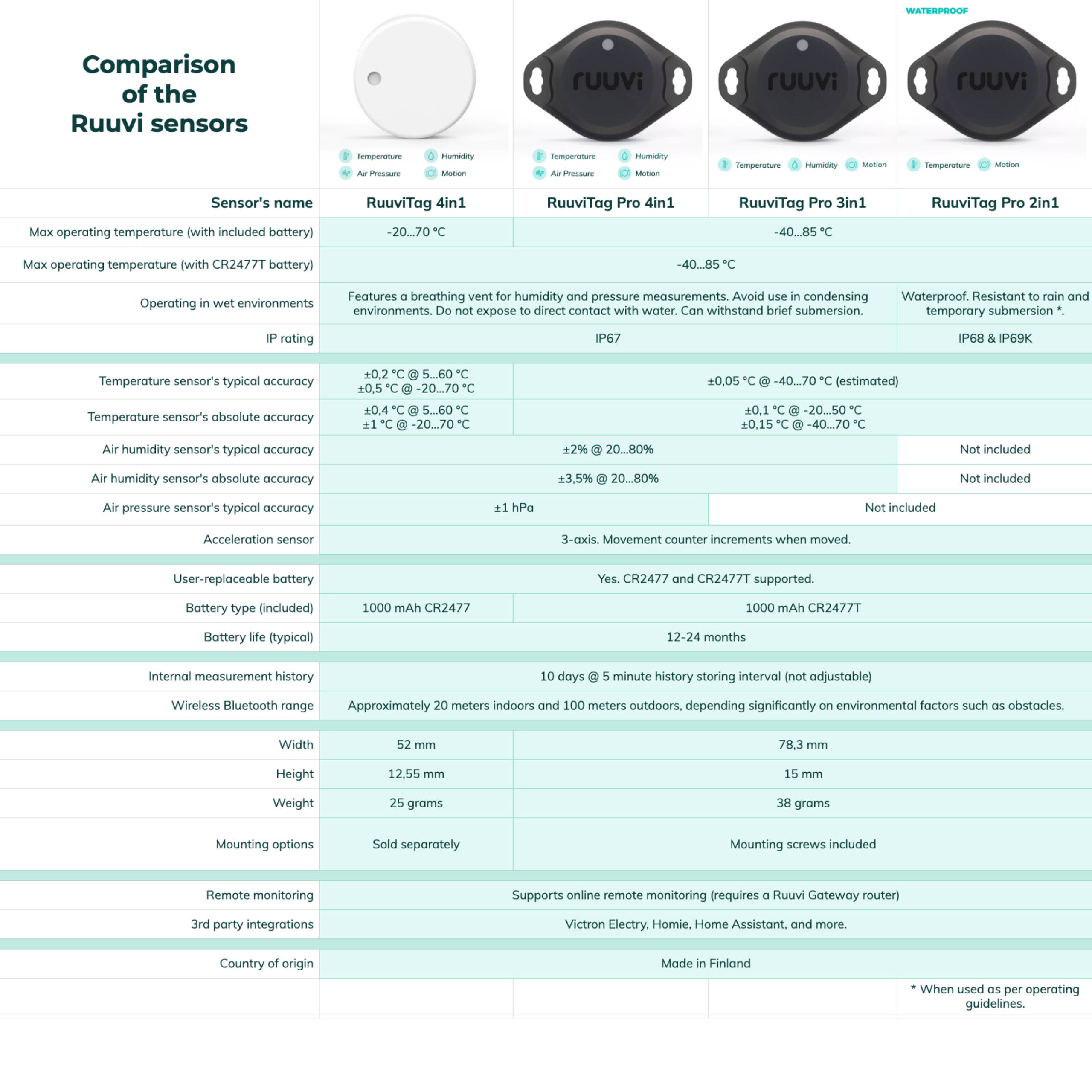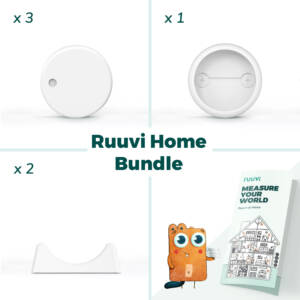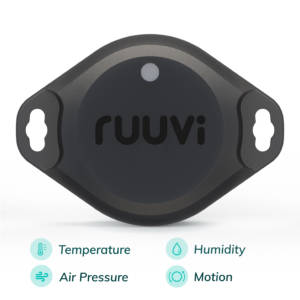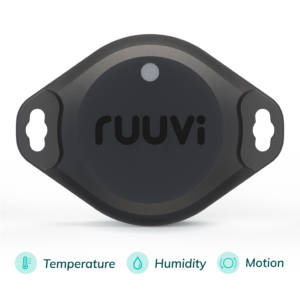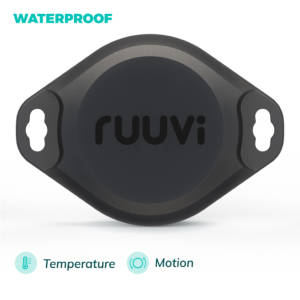Books have enabled our development as a species. They contain vast amounts of information from both the past and the present and thus they must be preserved for future generations. Storing books for long periods of time requires environmental monitoring as they are vulnerable to damage in improper conditions. Read this article and get familiar with one of the best solutions for monitoring humidity and temperature in a library.
According to the Northeast Document conservation center:
“Control of temperature and relative humidity is critical in the preservation of library and archival collections because unacceptable levels of these contribute significantly to the breakdown of materials.”
Books are made of different materials that can deteriorate easily. The materials are vulnerable to improper temperatures and relative humidity levels. There are also other factors that play a major role in the well-being and longevity of a book.
In this article, I will go through the basic factors that you need to pay attention to, to ensure your books’ well being in the long run.

What are the best environmental conditions for books?
Whether you are storing books in a home library or managing a large collection of historical books in a public or a university library, you should monitor your environmental conditions. By conditions, I mean the correct range of temperature and humidity levels.
What is the ideal temperature for book storage in a library?
The ideal temperature for your books is a little under 21 °C or 70 °F. The speed of deterioration doubles every 10 °C or 21 °F, so the storing environment of books should not reach temperatures above the ideal temperature of 21 °C or 70 °C.
On the other hand, keeping books in colder temperatures can possibly damage them when you take the books out from the cold storage to usage. This is because books are fragile against fluctuations in temperature, and if they are stored in colder temperatures than our normal living temperature, they will warm up when we are handling them. This will cause warps and other stresses on the materials from which the books are made.
What are the correct relative humidity levels for book storage?
The ideal range of relative humidity for book storage is between 30% and 55%. As with temperature, the humidity should be less than the maximum amount of 55% as high relative humidity levels are more harmful than low relative humidity levels.
Higher relative humidity levels provide the right conditions for mould or insects to thrive, which decompose or eat books quickly. Also, high humidity will speed up chemical processes that are harmful for books.
Extremely low humidity on the other hand, can lead to desiccation and embrittlement of some materials, shortening the lifespan of a book.
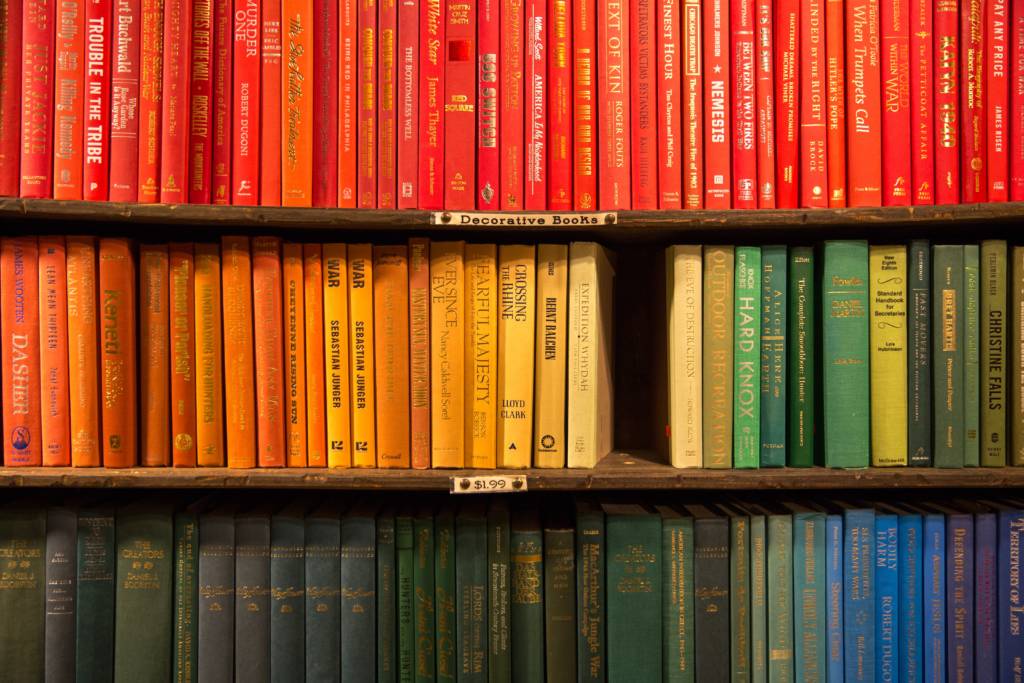
Fluctuations in temperature or humidity are dangerous for books
Once you achieve the above-mentioned conditions, it is wise to keep these conditions stable. As books absorb and release moisture and temperature easily, their well being can be affected permanently by rapid changes in temperatures or humidity.
Keep books next to interior walls, as changing outside air conditions can cause fluctuations close to exterior walls. Also, books should be kept far from heating or moisturising elements, as they can significantly change the air conditions close to them.
It is hard to figure out proper conditions without any helping devices. This is why a library should invest in an environmental monitoring system to ensure correct conditions at all times.
Types of damage caused by improper temperature and humidity levels on books
To get a better understanding of the possible damage improper storing can have on books, here is a list discussing the most common problems that can occur due to improper temperature and humidity levels:
Mold growth: When the humidity level is too high, mold can start to grow on the pages and covers of books. This can cause discoloration, stains, and a musty odor. In severe cases, the mold can also weaken the paper fibers and cause them to disintegrate.
Warping and distortion: Fluctuations in temperature and humidity can cause books to warp or become distorted. This is particularly common in books with leather or cloth bindings, which can expand or contract in response to changes in moisture levels.
Insect infestations: High humidity levels can attract insects like silverfish and booklice, which can then feed on the pages of books. This can lead to holes, rips, and other types of damage.
Fading and discoloration: Exposure to sunlight or high levels of artificial light can cause books to fade and discolor over time. This can make it difficult to read the text or see illustrations and images.
Spine damage: Improper storage conditions can cause the spines of books to become brittle or cracked, which can lead to pages falling out or the book becoming unusable.
Environmental conditions are dependent on each other
It’s important to note that these are just a few examples of the types of damage that can occur to books. By maintaining proper temperature and humidity levels, you can help to prevent these issues and ensure that your books remain in good condition for years to come.
Environmental monitoring in a library
Books require steady and correct conditions at all times in order to maintain high quality for as long as possible. Monitoring their storage, is an easy method for libraries to preserve materials as they do not need to fix tainted books or larger collections that could be otherwise completely lost. This especially applies to antique or rare books, which cost a lot of money and may be impossible to replace.
Ruuvi offers one of the best book monitoring systems for libraries. Ruuvi is a Finnish company that produces solutions for environmental monitoring in a wide range of conditions. Their Bluetooth sensors are accurate, easy-to-use and come with a battery that has two to three years of life.
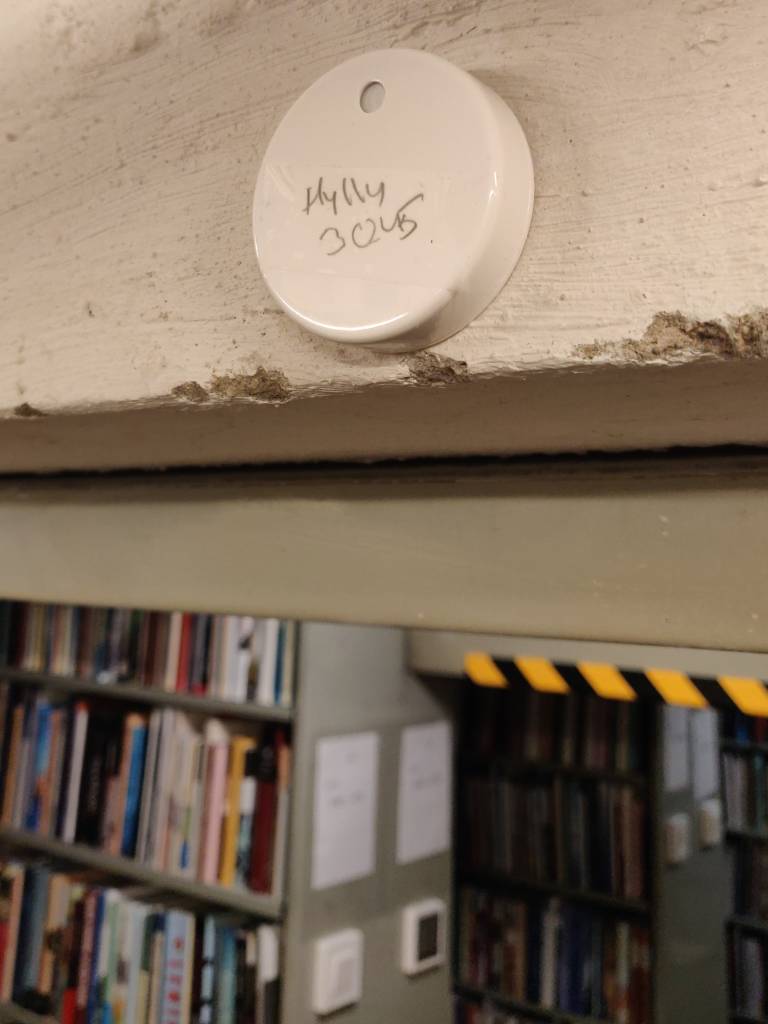
These sensors also work with the Ruuvi Gateway, which is a device that listens to the Ruuvi sensors’ measurement broadcasts and uploads them to the Internet. You can easily monitor multiple locations at the same time, read their data from selected time periods and receive custom alerts if the conditions fall outside their proper limits.
Armed with this data, you can easily adjust the conditions back to their correct levels. You may also install an air humidifier, a heating element or a little fan to be able to quickly respond to environmental changes in your library.
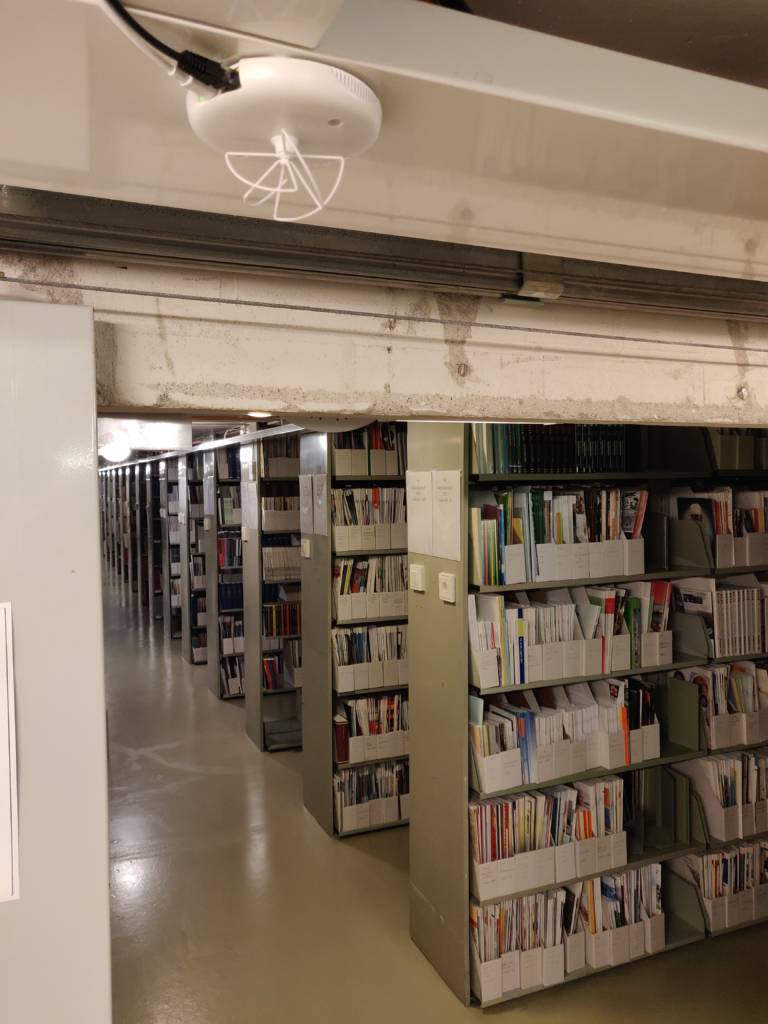
RuuviTag and Ruuvi Gateway offer a comprehensive solution to library environmental monitoring
RuuviTag is an environmental sensor that measures air temperature, humidity, pressure and motion of the device. RuuviTags are easy to place almost everywhere and they are extremely accurate. They send data via Bluetooth which is readable with smartphones or other Bluetooth devices. On mobile phones, Ruuvi’s app works intuitively and hence it’s easy to use. You can set up alerts if the measurements fall into undesired values.
If you install a Ruuvi Gateway to the place you have RuuviTags, you don’t have to worry about the range of the RuuviTag and your phone. Ruuvi Gateway sends the measurement data to Ruuvi’s cloud service and is hence accessible all the time. You can receive alerts to your email and share the measurements to different people.
Ruuvi offers a comprehensive library humidity and temperature monitoring system for a competitive price.
If you are interested in the Ruuvi monitoring system, read a case article of how the University of Turku uses RuuviTags in their libraries! The article is here.
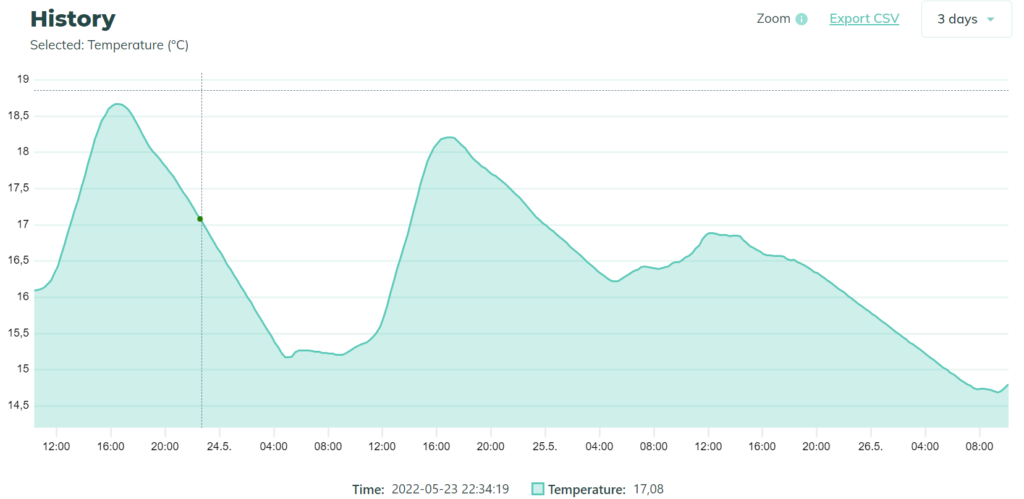
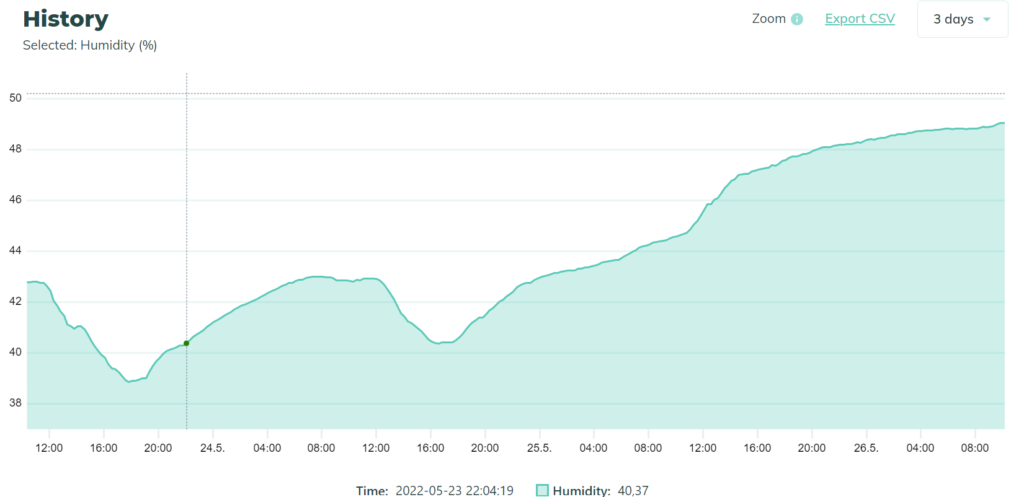
To recap, the optimal environmental conditions for long term book storage are as follows:
- Temperature should be 21 °C or 70 °F
- Relative humidity should be 30% – 50%
- When storing books long term, the environment should be dark.
Easy tips to protect books for everyone
When you have a stable environment with the correct temperature and humidity levels, you can start to pay attention to other important factors. These factors are related to the ways in which books should be stored and handled.
1. Protect books from light
Keep books away from direct sunlight, as it harms paper quickly. Furthermore, keep books away from artificial light as well! Even though the radiation from artificial lighting is not as harmful as from the sun, prolonged exposure over long periods of time can cause serious damage to books.
Store books in dark rooms, when they are not used.
2. Store small to medium sized books vertically
Store books vertically so that the books that are upright and straight. Other books or bookends should help to keep the books upright, which is the least harmful for the spines of the books. Do not let books lean on each other! Keep books that are the same size next to each other for support.
Also, books should be placed firmly next to each other, but not so firmly that it would be hard to take one book from the shelf.
3. Store bigger books flat on their side
Keep bigger books flat on their side in stacks of two or three books. Do not put vertically and horizontally stored books on top of each other.
4. Leave some room on both ends of book shelves
Leaving a bit of room in front of the book line helps you to notice the dust building up and droppings that could indicate insect activity. A few centimetres or an inch is enough.
Likewise, leave some space behind the books to encourage air movement. This prevents moisture from accumulating behind the books, which is harmful.
5. In long term storage, keep books in proper air tight plastics containers
Plastic containers are great against insects and fluctuations in the environment. Remember to keep the container in a dark room with stable conditions, so that the air inside the container does not change.
Do not wrap books in basic household plastic, such as plastic bags or garbage bags, as they release problematic chemicals in the long run. These chemicals can damage books. Plastic containers designed for storing books do not release these chemicals.
6. Dust often and keep eye on insect activity
Regular maintenance is key in book storing. Dust the books gently often and pay attention to any possible indicators of pests, as a quick intervention can save your books from a total disaster.
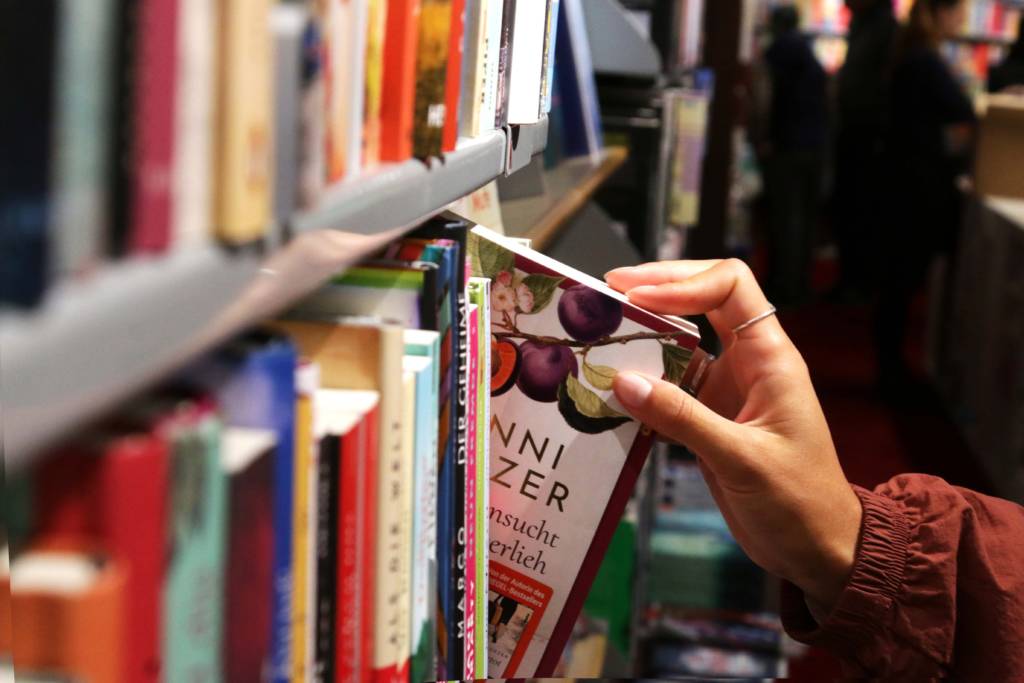
7. Handle with care
- Do not eat or drink while handling older books.
- Always wash your hands before touching books
- Do not flip a book open 180 degrees as it can break the spine easily
- Books are meant to be read in a lap. Putting a book on a flat surface can damage the spine.
- Pull a book from the shelf by holding the spine with two hands. Pull the book gently by applying a little pressure to the books next to the book being removed. Keep a firm hold on the whole book as it slides from the shelf. Do not pull from the top of the spine or tilt the books as it damages the spine.
Conclusions
As books are usually made from organic materials, they can deteriorate or decay easily. By paying attention to the correct environmental conditions, as well as to some basic ways of storing them, books’ lifespan can be significantly prolonged. Monitoring environmental conditions such as temperature and humidity, libraries can ensure that their collections last in good conditions for a long time.
Investing in an accurate environmental monitoring system helps this preservation effort. Ruuvi is a Finnish company, ready to help in this process. Check out our products and services and reach out to us with any questions on how our products can help you maintain the correct environmental conditions in your library! Together we can help you preserve your books for a long time to come.
Buy RuuviTag to Help You Protect Your Books
With precise measuring, easy-to-use platforms and customisable alarms, you can ensure ideal environmental conditions for your books!
39,90€
Ruuvi is based in Finland. If you’re an EU consumer, VAT is included. If you’re a non-EU customer, you don't pay VAT. If you're an EU business, insert your VAT ID at checkout.
In stock
RuuviTag Sensor (4in1)
| Quantity | Unit Price(€) |
|---|---|
| 1 | 39,90 |
| 2 | 37,40 |
| 3-5 | 36,90 |
| 6-8 | 35,90 |
| 9-12 | 34,90 |
| 13-25 | 33,90 |
| 26-99 | 32,90 |
Are you looking for bigger quantities? Contact us for pricing.
FAQ
Where can I store my books?
Books should be stored on bookshelves with correct ambient air conditions or in airtight plastic containers in stable environments.
Is it OK to store books in plastic containers?
It is fine to store books in plastic containers. The containers must be made for storing and they must be kept in places where there are no fluctuations in temperature or humidity. Plastic containers offer great protection against pests.
Should books be stored flat or upright?
Small to medium sized books should be stored upright so that similar sized books are next to each other. The books should not be leaning. Bigger books that do not otherwise fit on bookshelves can be stored flat on their side. Do not stack more than three books on top of each other.
Can dust ruin books?
Yes it can. Dust contains acidic elements which can cause damage to books when left alone. Dust also builds up over time so that if books are not dusted regularly, the possibility of damage will start to increase. In addition, dust can harbour tiny pests and mould spores.
Are there any maintenance requirements for a library environment monitoring system?
For Ruuvi’s library environment monitoring system, there are virtually no maintenance requirements. Only thing that you have to do is to change the batteries of the devices after 12-24 months. In library use, the battery life tends to be more than 24 months. If the measuring devices are in a humid space, you may need to calibrate the humidity sensor after 6-12 months but usually there is no need for this.
